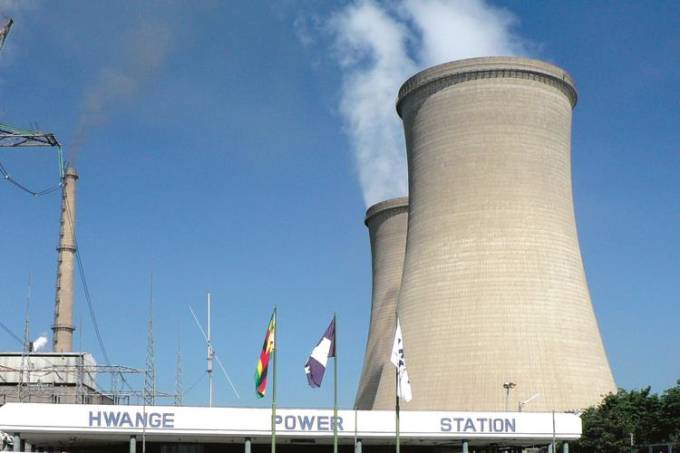
The Sunday Mail

Debra Matabvu
Major refurbishment on Unit 5 at the Hwange Thermal Power Station has commenced under a multi-million-dollar rehabilitation project set to extend its lifespan by up to 25 years.
It has an installed capacity to generate 220 megawatts (MW).
The process, which started immediately after the successful synchronisation of two new 600MW generation units — Hwange 7 and 8 — recently, is expected to be complete next year.
Last year, the Government secured a US$310 million loan from India’s Export and Import Bank to fund an extensive overhaul of Units 1-6 at Hwange, with funding for the project set to be released later this year.
However, power utility Zesa has begun overhauling one of the units using its own resources, pending release of the funds. In an interview, Zesa consultant (international business) Engineer Cletus Nyachowe said the power utility was using its funds to kickstart the project.
“To enable disbursement of the US$310 million, the lenders would like to know the exact scope of the work that needs to be done and that comes in the form of a detailed project report (DPR),” said Eng Nyachowe.
“So, Zesa, together with our consultant, the Zimbabwe Power Company (ZPC), have produced that DPR which has been submitted to the financiers and they are looking at that report.”
Once the report has been cleared, he said, the bank will commence releasing funding for the project.
“However, as Zesa and ZPC, we have been proactive; even before disbursement of that US$310 million, we have started the refurbishment programme with Unit 5 already undergoing an overhaul. Work has already started using our internal resources and we should be through with the first unit during the third quarter of 2024.”
The project, added Eng Nyachowe, will witness Zesa decommissioning one unit at a time for refurbishment.
“It will take an average of five to six months to refurbish each unit over a period of five to six years,” he added. “So, you can see it is quite an extensive project, which will not be finished in the short-term, but will proceed over five to six years.”
Refurbishing the six units — which were commissioned between 1983 and 1987 — is expected to restore generation capacity to about 900MW.
Combined with the two new units, Hwange would then have an installed capacity of more than 1 400MW. The country’s second biggest power plant — Kariba South Hydropower Station — has an installed capacity of 1 050MW, with peak power demand in Zimbabwe standing at around 2 200MW. The rehabilitation project, a key priority of the Second Republic, is expected to bring relief to energy consumers in the medium term after going through years of rolling power outages. In addition, the project will also bring much-needed relief to Zesa, which spent US$72,3 million on electricity imports in the first half of 2022. Eng Nyachowe said Zesa was managing its water allocation from the Zambezi River Authority for power generation at Kariba South to ensure that it does not exhaust its share prematurely.
“The Zambezi River Authority, which manages water in Kariba Dam and allocates a certain amount of water to ZPC and ZESCO of Zambia for power generation, has given us latitude to vary our power output from Kariba on condition that our overall water condition is maintained within its set limits.
“Another point you may want to note is that when you see us generating between 800MW and 892MW at Kariba, that power output is probably on for an hour or less.
“During the day, it is regulated up and down as and when required. So, normally that maximum output is only generated during peak demand periods. We are operating Kariba very carefully and within our water limits.”
Eng Nyachowe said Zesa was also working on a programme to repurpose its small thermal power stations — Munyati, Harare and Bulawayo — to generate electricity using different fuels.
A steadily growing population, rapid rural-to-urban migration, and nascent economic recovery — driven by new mining projects — have spurred demand for power in the country.
The Government’s medium-term economic programme — the National Development Strategy 1 — lays out a target for installed generation capacity of 3 467MW by 2025.
Twitter: @dmmatabvu



